Top Things to Know Before Buying Plant Wall Decor: A Guide for Green Thumbs

Top Things to Know Before Buying Plant Wall Decor: Measure Your Space, Consider Lighting, Choose Low-Maintenance Plants, Understand Care Requirements, Check Wall Capacity, Explore Mounting Options, Research Overall Cost
Bringing the outdoors in with a plant wall is a fantastic way to add a touch of nature and life to your space. But before you start envisioning lush greenery, there are a few crucial things to consider. Here's a breakdown of the essential steps to ensure your plant wall decor is a success:
1. Measure the Available Space:
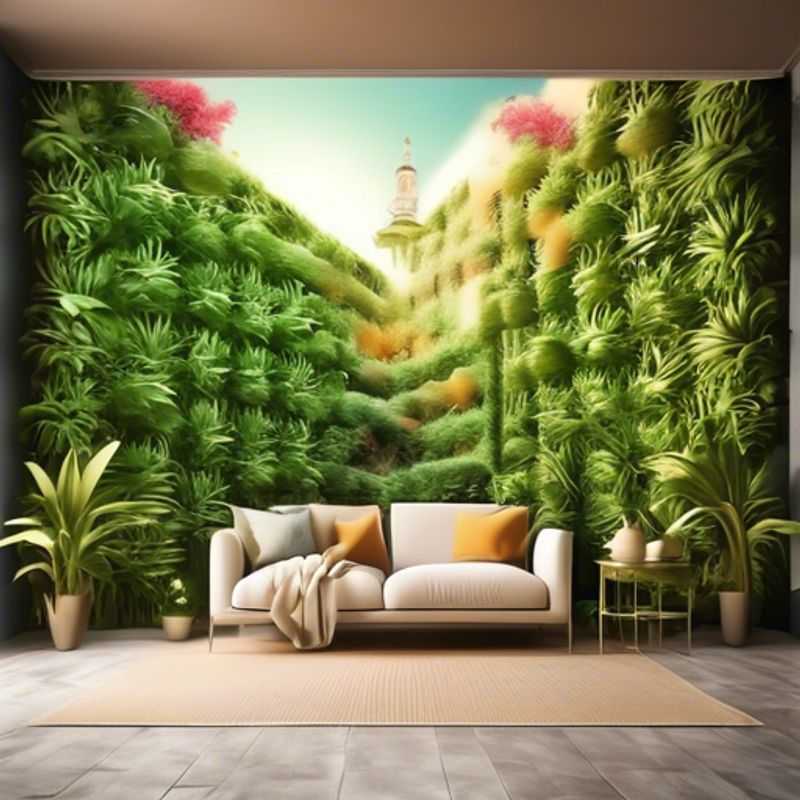
Measure Twice, Plant Once: How to Ensure Your Wall Decor Fits Perfectly
When it comes to installing your plant wall decor, it’s important to ensure it fits properly. This means measuring the available wall space before you begin. You’ll need to consider the dimensions of the plant wall decor itself, as well as any surrounding furniture or obstacles. Proper measurement is crucial to avoid any unwanted surprises during installation.
Using a measuring tape, carefully measure the width and height of the wall space where you plan to place the plant wall decor. Then, measure the width and height of the decor itself. It’s a good idea to measure twice to ensure accuracy. Double-checking your measurements is essential to prevent any issues during installation. Once you have these measurements, you can determine if your plant wall decor will fit comfortably.
You can also consider any surrounding elements, such as furniture, doors, or windows. Make sure the plant wall decor will not obstruct any of these elements, or be positioned too close to them. You might need to adjust the placement of the decor to accommodate any obstacles. Ensuring clearance around your plant wall decor ensures it looks its best and avoids any potential hazards.
Once you have a clear understanding of the available wall space and the dimensions of the plant wall decor, you can confidently proceed with installation. This process will be much smoother and stress-free, knowing that your decor will fit perfectly. Careful pre-planning and measurement go a long way in ensuring a successful and enjoyable installation.
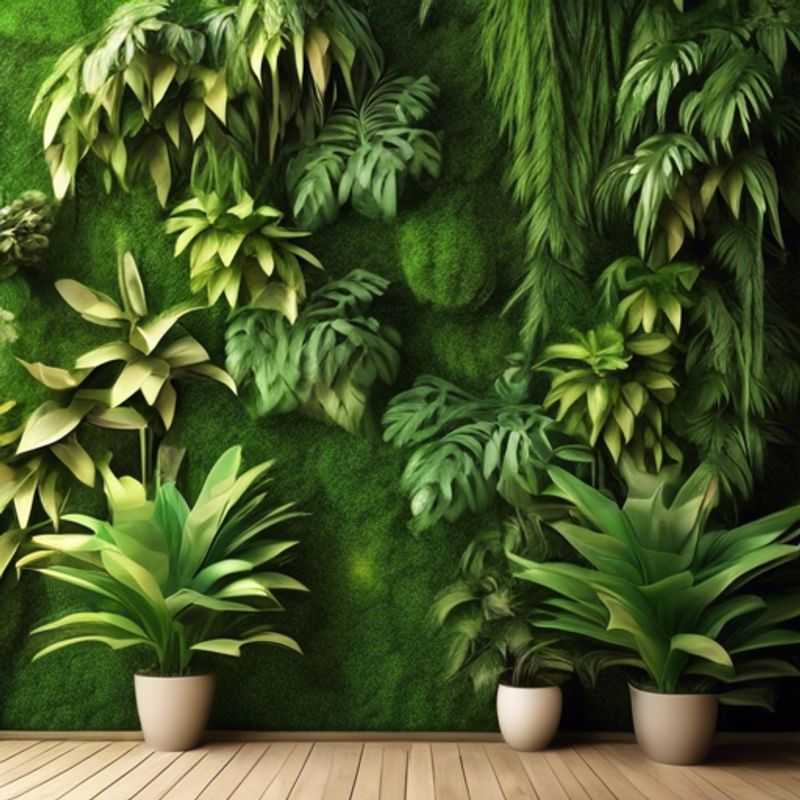
Light It Up: Choosing Plants Based on Room Lighting
Choosing the right plants for your home is important for their well-being and yours. Light is crucial for plant growth, so understanding the lighting conditions in your home is essential. Plants need different amounts of light to thrive, so it's vital to match your plant selection to the light levels in your space.
Bright, direct light is ideal for sun-loving plants like cacti, succulents, and flowering plants. These plants should be placed near south-facing windows, where they'll receive the most direct sunlight.
Medium light conditions, such as those found near east or west-facing windows, are perfect for plants that prefer filtered sunlight. These include many common houseplants, like snake plants, ZZ plants, and spider plants.
Low light conditions, often found in rooms without windows or with only north-facing windows, are best for shade-tolerant plants. These plants can adapt to low light conditions, but they may need occasional supplemental lighting. Examples include peace lilies, pothos, and philodendrons.
By carefully considering the lighting conditions in your home, you can select plants that will flourish and bring a touch of nature to your living space.
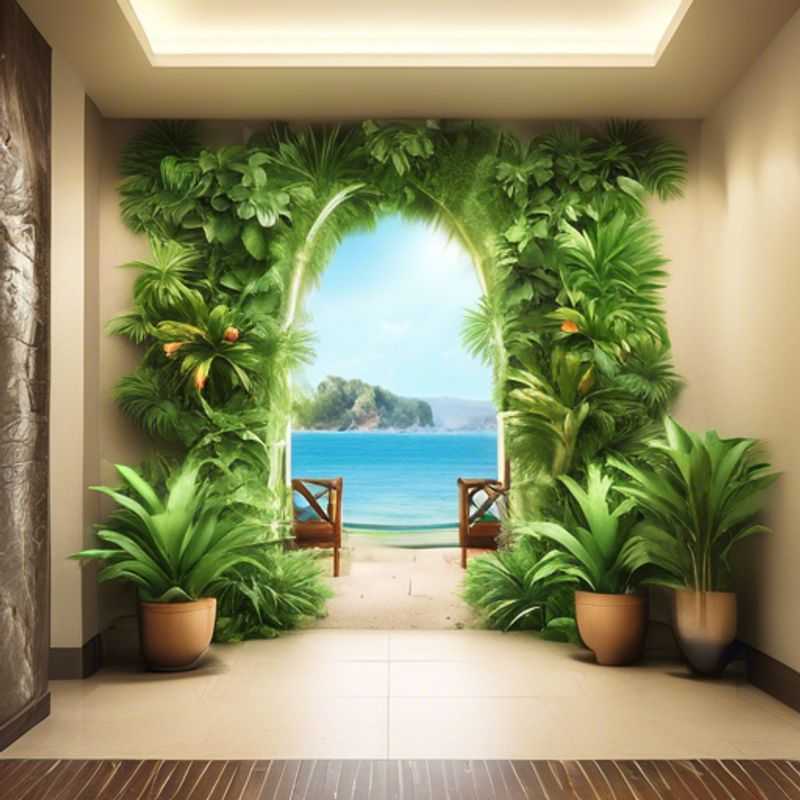
Low-Maintenance Plant Power: Choosing the Right Greenery for Your Space
Choosing low-maintenance plants is a smart move for busy gardeners or those with limited time. It's all about selecting plants that can adapt to your specific environment and require minimal care. First, consider your climate – sunny, shady, dry, or humid. This is crucial to knowing which plants will thrive. Understanding your environment is the key to success. Then, think about your soil – is it sandy, clay, or loam? Different plants prefer different soil types.
Once you've assessed your environment, research plants known for being low-maintenance. Look for drought-tolerant varieties, those that naturally resist pests and diseases, or species that don't require constant pruning. Start by looking at native plants; they're often the most adapted to your specific region. You can also research online or visit your local nursery for expert advice.
When choosing low-maintenance plants, don't forget to consider the size and shape of your space. Will the plant stay compact or will it need regular trimming? Think about how it will look in its final size. Remember, there's no one-size-fits-all solution. Choosing the right plants for your needs is essential. Planning ahead will save you time and effort in the long run.

Watering Wisdom: Understanding the Needs of Your Plants
Understanding the watering and care requirements for your chosen plant types is crucial for their health and thriving. Every plant has its own unique needs, so it’s essential to research and cater to those needs. Start by identifying the specific type of plant you're interested in and researching its ideal growing conditions.
Watering is a fundamental aspect of plant care. Different plants have varying water requirements. Some prefer consistently moist soil, while others thrive with occasional deep watering. Overwatering can be detrimental, leading to root rot. It's crucial to assess the soil moisture before watering to ensure you're not providing too much water.
Sunlight is another critical factor. Plants need adequate sunlight for photosynthesis, the process by which they produce energy. Some plants require full sun, while others prefer partial shade or even full shade. Understanding your plant's light requirements is essential for its growth and well-being.
Fertilizing provides essential nutrients that may be lacking in the soil. This can be achieved through organic or chemical fertilizers. However, over-fertilizing can harm plants, so it's important to follow the instructions on the fertilizer packaging. Observing your plants for signs of nutrient deficiencies can guide your fertilizing efforts.
Pruning involves removing dead or diseased leaves and branches to promote growth and shape. Pruning can also help to control the size and shape of your plants. Different plants have different pruning requirements, so it's important to research the proper techniques for your specific plant type.
Pest control is crucial for protecting your plants from harmful insects and diseases. Regularly inspect your plants for signs of pests, and take action promptly to prevent infestations. There are various organic and chemical pest control options available.
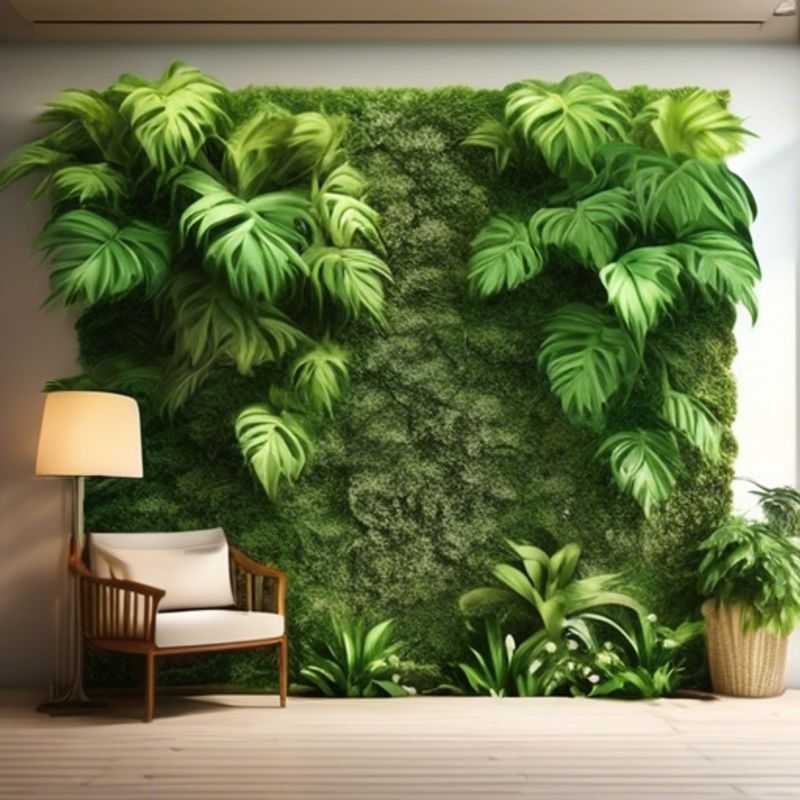
Green Thumbs Up: Check Your Wall's Weight Capacity Before Hanging a Plant Wall
Before you hang your stunning plant wall decor, it's crucial to ensure your wall can handle the weight. A heavy plant wall can put stress on your drywall, leading to cracks or even collapse if not installed properly. Start by determining the weight of your plant wall decor. This includes the plants, pots, and the structure itself. You can estimate the weight or consult the manufacturer's specifications. Then, assess the type of wall you have. Drywall is common and can generally handle a moderate weight, but it's always better to be cautious. Consider using specialized mounting hardware designed for heavy-duty applications, such as toggle bolts or heavy-duty anchors. These hardware options can help distribute the weight more evenly across a larger surface area of the wall. If you're unsure, consult a professional contractor for guidance. Remember, a secure installation will prevent accidents and ensure your plant wall decor stays beautiful for years to come. Don't forget to factor in the cost of any specialized mounting hardware or professional installation services.
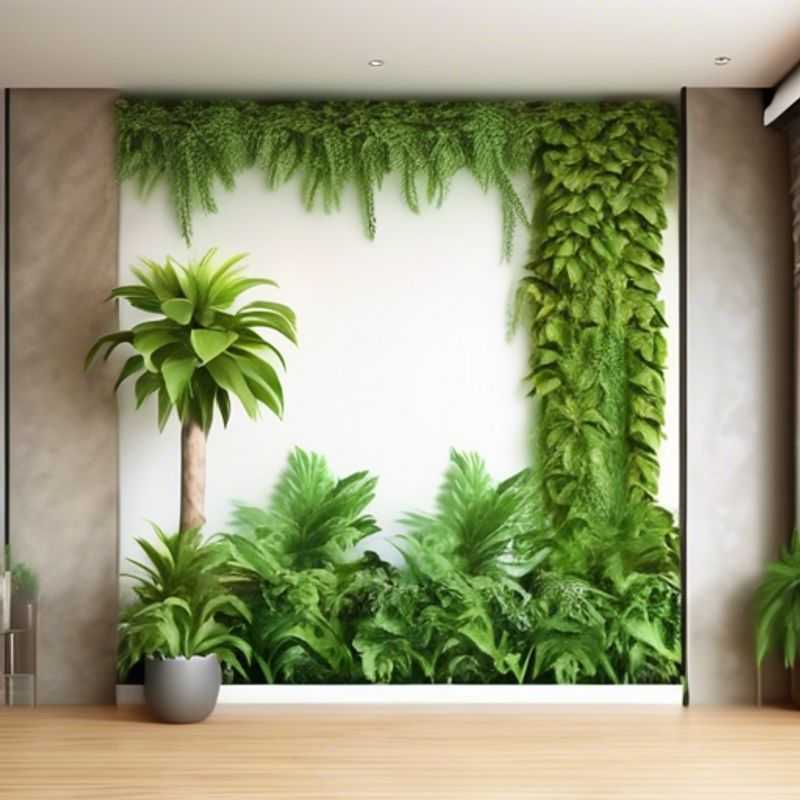
Explore Mounting Options for Secure & Stylish Plant Wall Decor
Installing your plant wall decor securely is essential, especially if you’re using real plants. There are a few popular options for mounting your green wall.
1. Hanging Systems: These are usually metal rails or wires that are attached to the wall and then connect to individual plant holders or pots. This option is easy to install and provides a flexible, modular system. You can rearrange your plants or even remove them for maintenance with ease. Some hanging systems are aesthetically pleasing, and they can be particularly good if you have a large wall to cover.
2. Wall-Mounted Panels: This option uses pre-made panels that can be either attached to the wall directly or hung using brackets. These panels are designed to accommodate your plants and often feature a built-in irrigation system. This is a good option if you’re looking for a streamlined, pre-built system. It’s also a good option if you’re working with a smaller area.
3. DIY Installation: For the ultimate in customizability, you can install your plant wall using a variety of DIY methods. This might involve using shelves, baskets, or even repurposed items. This method requires more creativity and planning but can result in a unique and cost-effective installation.
Key Considerations: When choosing a mounting option, consider the weight of your plant wall, the type of wall you’re installing it on, and your budget. Be sure to use appropriate hardware and fasteners to support the weight of your plants.
Professional Installation: If you’re unsure about DIY installation, you can always hire a professional. This will ensure your plant wall is installed correctly and safely. This will come at a cost, so factor in the expense when budgeting for your project.
Remember, the right mounting option will ensure your plant wall is securely in place for years to come, allowing you to enjoy the beauty and benefits of your indoor garden.
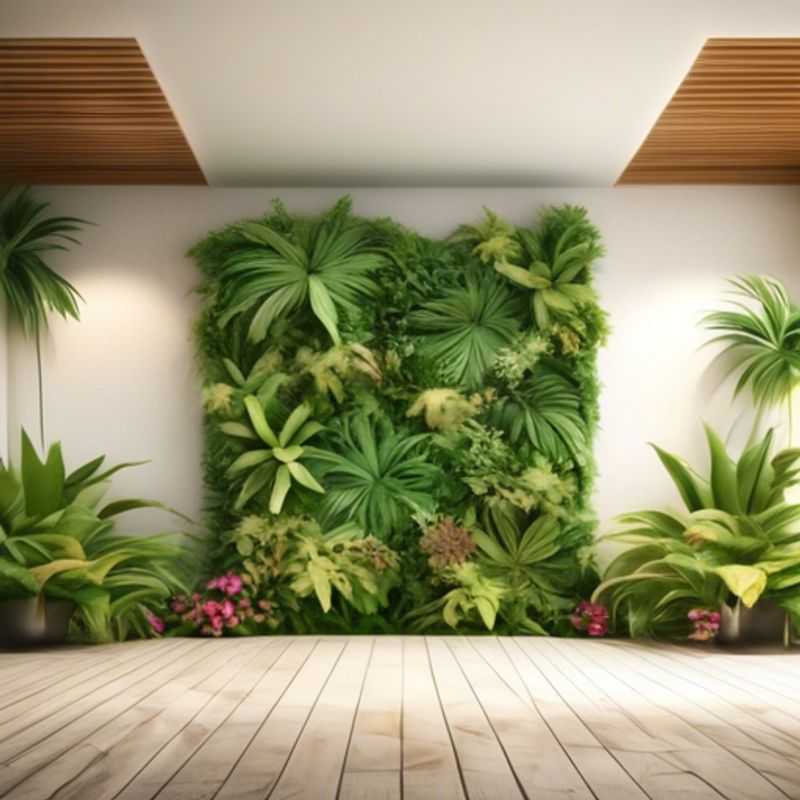
Breaking Down the Costs: Plants, Containers, and Installation
When planning a landscaping project, it's essential to research the overall cost, including the plants, containers, and installation. Don't forget to include the cost of soil, mulch, and any other materials needed.
For plants, consider the type, size, and quantity needed. Check local nurseries and garden centers for prices. Containers can range from basic pots to more elaborate planters, impacting the overall budget. Factor in the cost of any decorative elements like stones or statuary.
Installation costs vary depending on the complexity of the project. Consider the size of the area, the type of plants, and the labor involved. Professional landscaping services may offer design and installation packages, providing a comprehensive quote.
When estimating the overall cost, it's wise to create a detailed list of every component, along with their associated prices. This allows for a more accurate assessment of the budget required for the project. Remember to factor in potential contingencies, as unforeseen costs can arise during implementation.
By conducting thorough research and planning, you can ensure a successful and budget-friendly landscaping project. Consider consulting with a landscape professional for expert advice and guidance.
